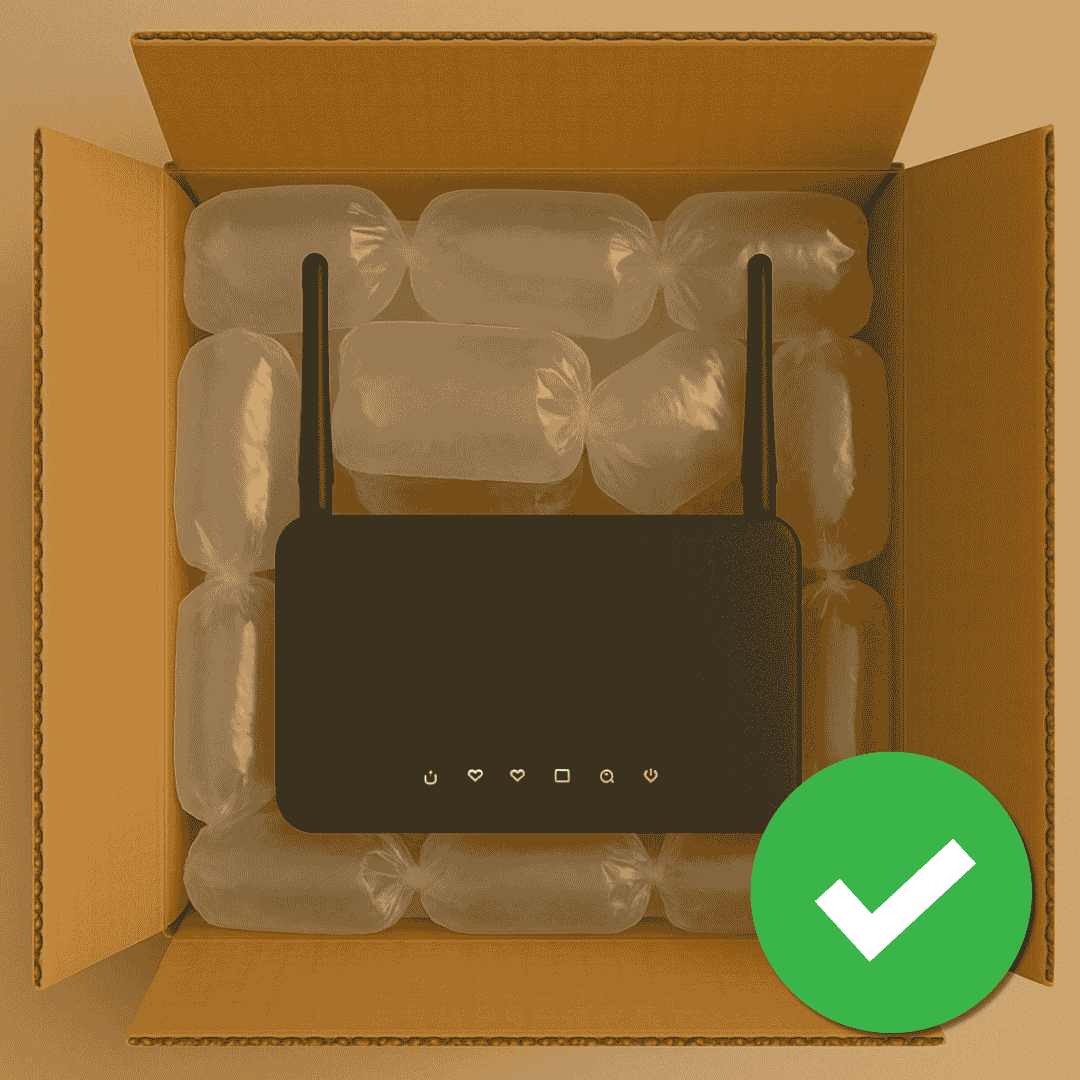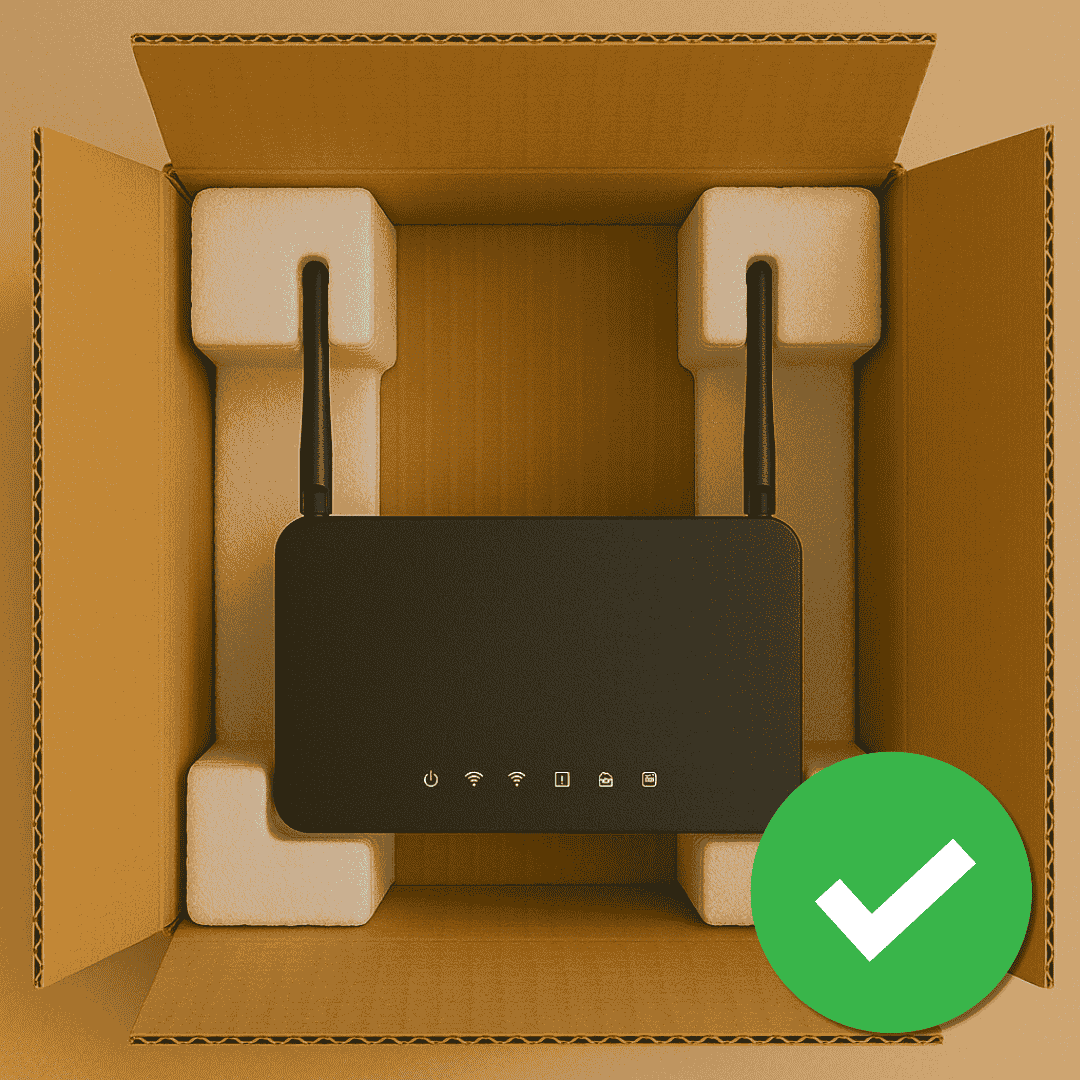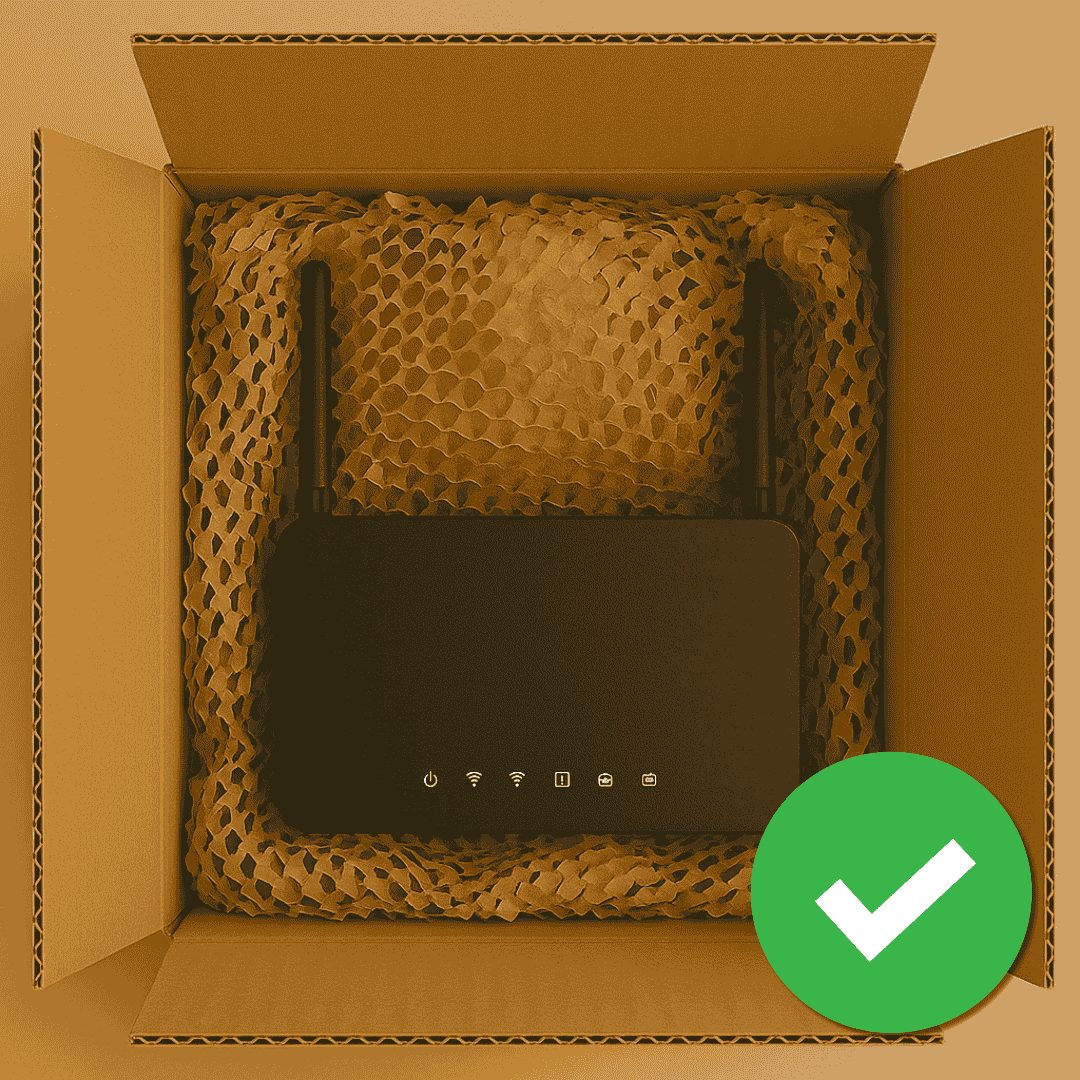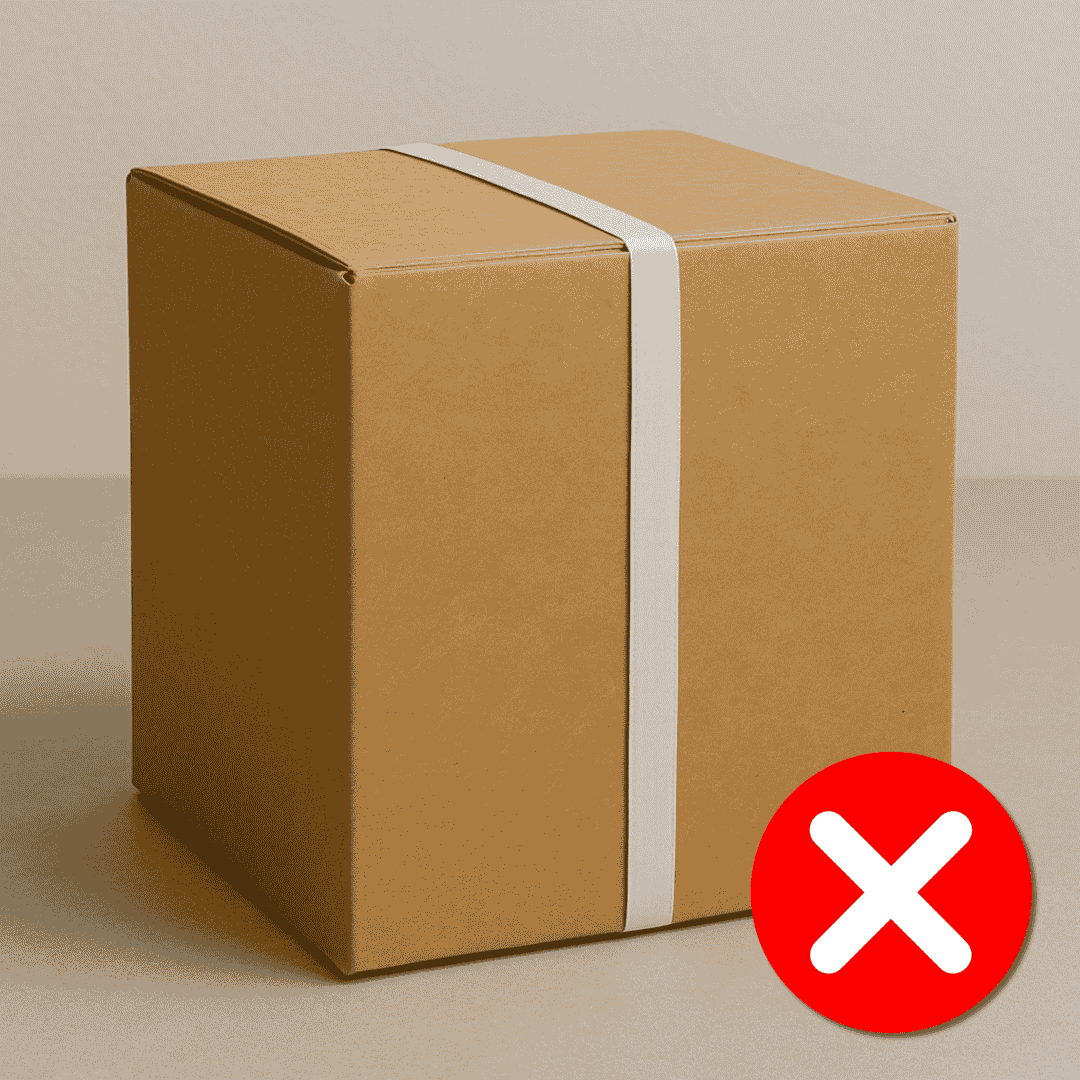
Business

0


133
☰
Follow this packaging guide and take a few simple precautions to help ensure your parcel is collected and delivered undamaged and on time.
Choose sturdy high-quality materials like strong cardboard boxes with strong outer liners or courier-approved satchels. These packaging types are designed to survive sorting facilities and parcel transit without falling apart.


Avoid recycled or reused boxes as they may weaken the integrity of your parcel. Remember that items will get stacked in transit, therefore, your packaging may need to support the weight of other packages.

Always go with double-walled corrugated cardboard. It adds extra protection and reduces the risk of your parcel getting crushed in transit.

Retail or gift packages aren’t designed for courier handling. Always place gift boxes inside a sturdy outer box with cushioning around all sides.


Select packaging that closely matches the size and weight of your items, while still allowing for 3-5 cm of space on all sides for cushioning materials. This buffer helps absorb impact and keeps the contents stable during transit.
Avoid underfilling boxes, as they can collapse under pressure, and don’t overfill, as this can cause the packaging to split open. Make sure items don’t touch the sides or each other, especially in multi-item shipments, to prevent damage and ensure everything arrives in one piece.

Protect your items by cushioning them properly inside the box. This is essential for small or fragile goods like electronics, glassware, or DVDs. Cushioning prevents movement and absorbs shock during transit.
Always leave space for cushioning, but avoid overpacking. Leave between 3 - 5 cm (2 inches) between your product and the sides of the box. Your parcel should feel snug and secure, not crammed.

Bubble Wrap

Packing Peanuts

Air Pillows

Foam Inserts

Hex Wrap
For items that tend to roll, such as posters, blueprints, or round items, use triangular cardboard tubes rather than cylindrical ones.
Triangular tubes are more stable during transport, reduce the risk of rolling, and are less prone to damage in automated handling systems.


Shipping labels must be printed clearly and affixed securely to the top surface of the parcel. Interparcel provides these labels on the checkout page, in your booking confirmation email, and within the My Orders section of your account.
Before dispatch:
Incorrect labelling may result in parcels being separated, delayed, or incurring additional charges.


Before sending your parcel, consult Interparcel’s list of restricted and prohibited items. For goods requiring special care, take the following precautions:
PLEASE NOTE: Items requiring special handling may incur a Manual Handling Fee and could experience delivery delays.
Avoid packaging types that are not designed for courier networks, as they offer inadequate protection and may be rejected during transit.
Parcels packed using these materials may incur additional handling fees, experience delays, or fail to be delivered successfully. The sender is responsible for any resulting charges or issues.
These include:

Plastic bags

Fabric or cloth items (backpacks, duffel bags, suitcases, golf bags...)

Plastic tubs or storage containers

Wooden crates

Bubble wrap or shrink wrap used as outer packaging
Only use strong, pressure-sensitive packaging tape intended for shipping. The following are not acceptable:
These materials do not provide adequate security and may cause parcels to open during transit, leading to loss or damage.

While it is important to ensure parcels are securely sealed, avoid sealing them in a way that makes inspection impossible.
Customs and courier personnel must be able to open parcels for inspection without destroying the packaging. Use practical sealing methods that allow safe reopening and resealing if required.

Handling instructions such as “Fragile”, “Handle with Care”, or “This Way Up” do not guarantee careful handling by couriers.
These labels are advisory only and do not replace the need for proper internal cushioning and robust external packaging. All parcels should be packed to withstand standard processing and automated sorting systems.
